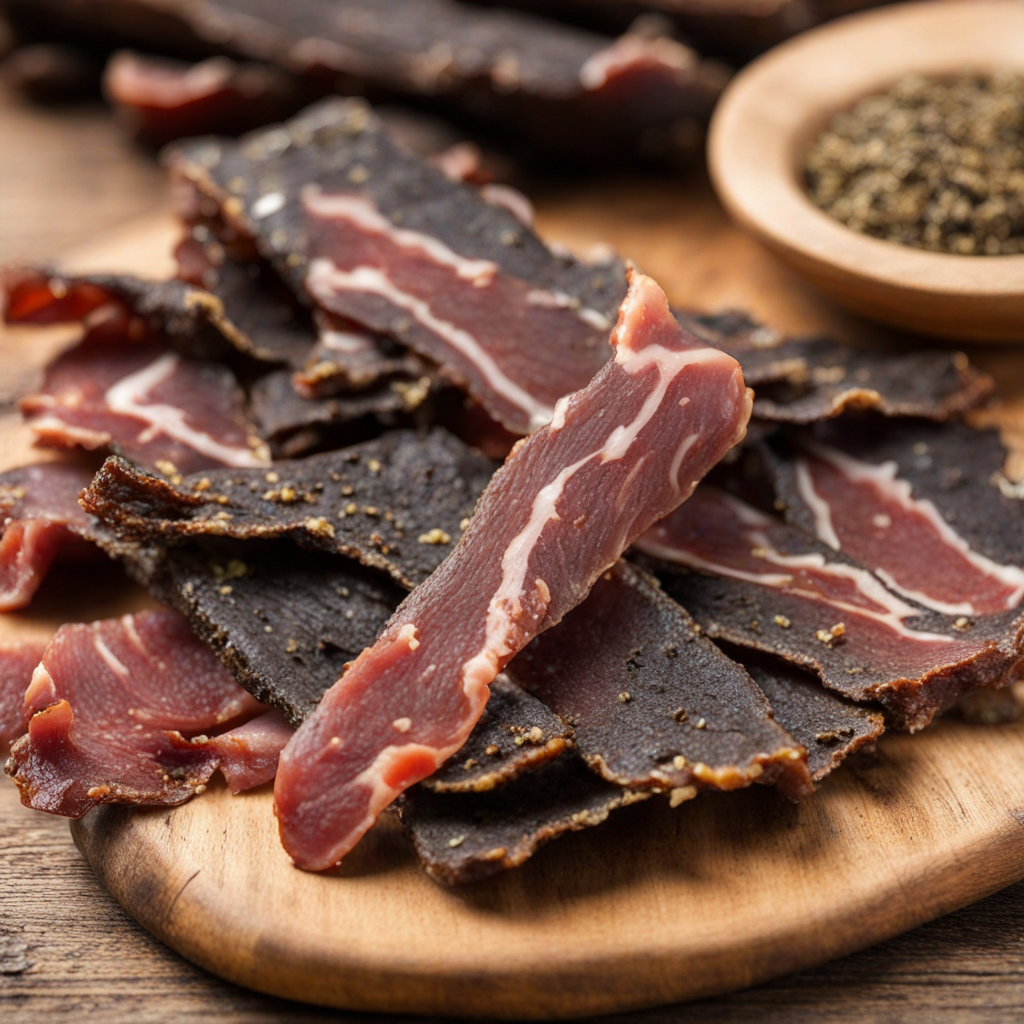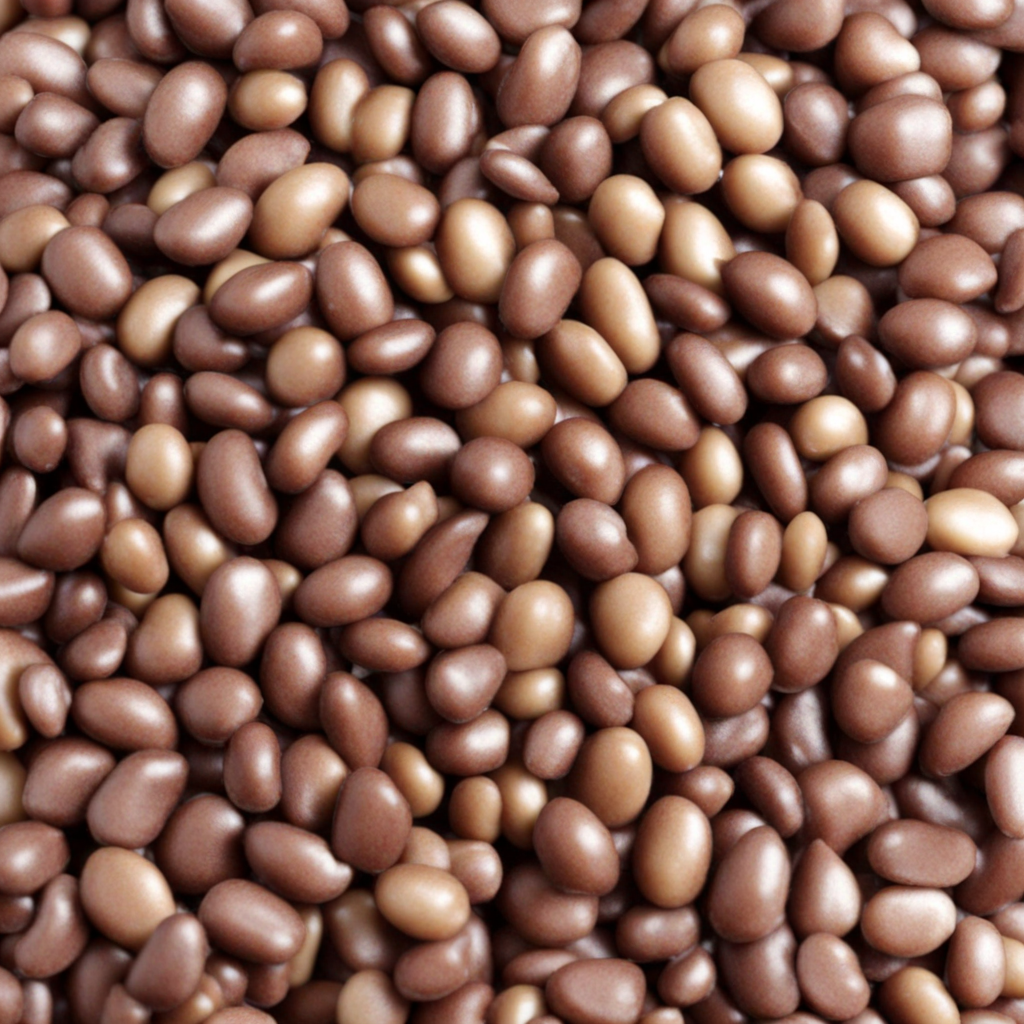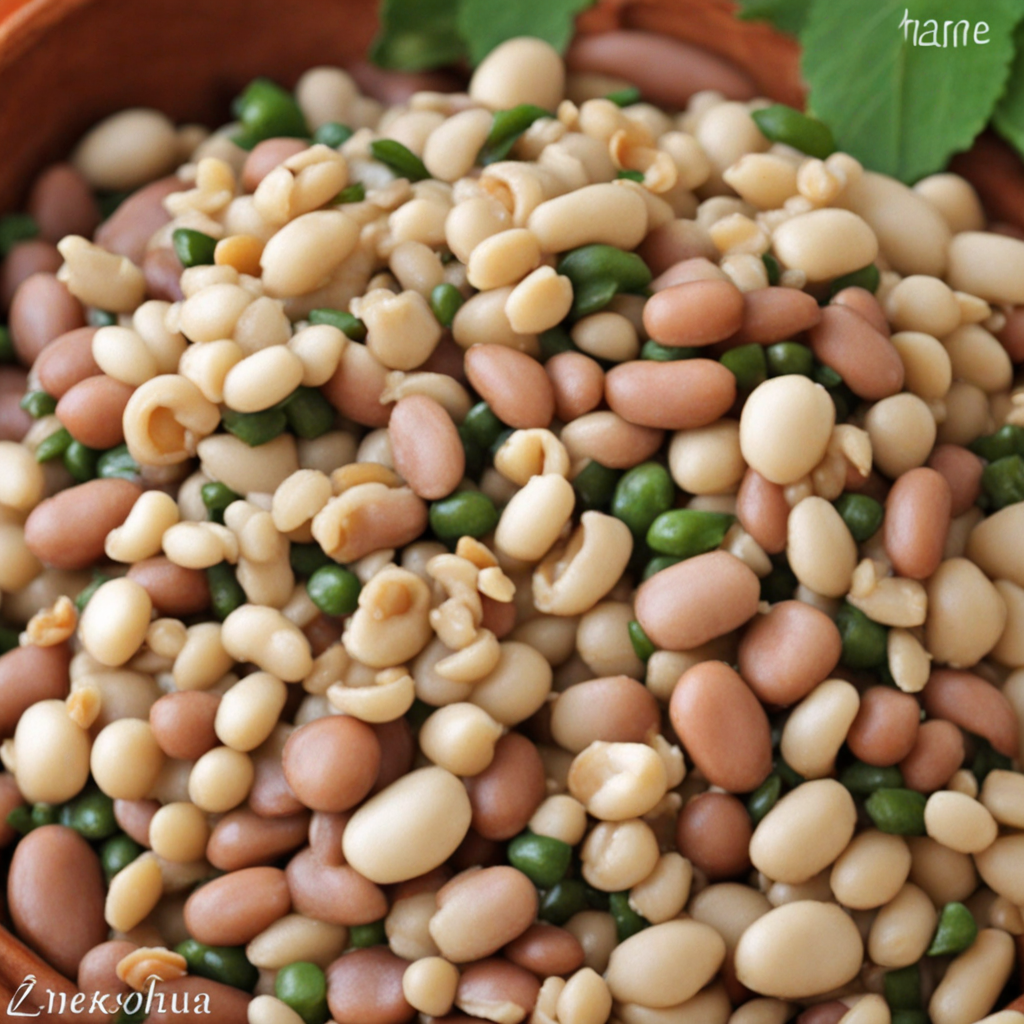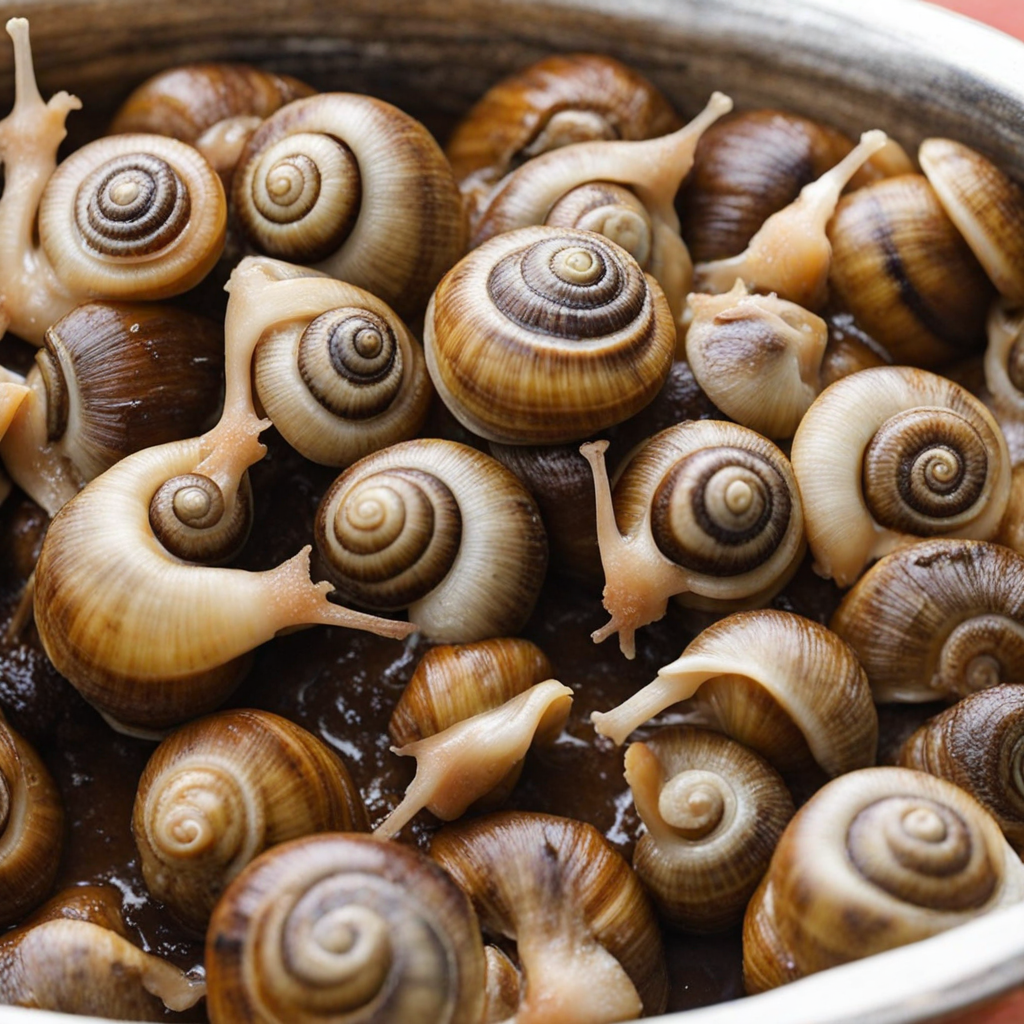Biltong
Biltong is a traditional dried meat snack that hails from Southern Africa, with its origins deeply rooted in Zimbabwean culture. This flavorful delicacy is typically made from beef, though it can also be prepared using game meats such as kudu or springbok. The meat is marinated in a mixture of vinegar, salt, and a blend of spices that often includes coriander, black pepper, and sometimes chili for a kick. This process not only preserves the meat but also infuses it with a rich, savory flavor that tantalizes the taste buds. The result is a chewy yet tender texture that is both satisfying and addictive, making it a perfect snack for any occasion. What sets Biltong apart from other dried meats, such as jerky, is its unique preparation method and flavor profile. Unlike jerky, which is often smoked and can be overly sweet, Biltong is air-dried, allowing the natural flavors of the meat and spices to shine through. The tangy notes from the vinegar complement the robust meat, while the spices provide a warm, aromatic essence. Each bite delivers a complex taste experience that is both hearty and flavorful, satisfying those with a penchant for savory snacks. Biltong is not just a tasty treat but also a high-protein snack, making it a favorite among health-conscious individuals. It can be enjoyed on its own, paired with cheese, or added to salads and sandwiches for an extra protein boost. The versatility of Biltong allows it to fit seamlessly into various culinary creations, from gourmet charcuterie boards to casual picnic lunches. For anyone looking to explore new flavors, Biltong offers a delightful journey into the rich culinary heritage of Zimbabwe, promising an unforgettable taste experience that is both authentic and delicious.
How It Became This Dish
The History of Biltong: A Zimbabwean Culinary Treasure #### Origins and Early History Biltong, a dried, cured meat product, has its roots deeply embedded in the culinary practices of Southern Africa, particularly among the indigenous peoples of the region. The term "biltong" is derived from the Dutch words "bil" (meaning "rump") and "tong" (meaning "strip" or "tongue"), reflecting its origins in the early colonial interactions between European settlers and the indigenous populations. The practice of preserving meat dates back thousands of years, long before the arrival of Europeans. Indigenous communities, including the San and Shona peoples, utilized the arid climate of Southern Africa to dry meat, ensuring survival during periods when food was scarce. Various methods of preservation were employed, including smoking and drying in the sun, leading to the development of biltong as a popular and practical food source. #### The Colonial Influence With the arrival of Dutch settlers in the 17th century, the techniques of meat preservation evolved. The settlers brought their own recipes, which incorporated spices and vinegar, enhancing the flavor and shelf life of the meat. This melding of indigenous practices with European culinary methods laid the groundwork for what we now recognize as biltong. As commercial agriculture began to take root in the 19th century, particularly in what is now Zimbabwe, the demand for preserved meats increased. Biltong became a staple for farmers and traders who needed sustenance during long journeys into the bush or across the plains. Its portability and durability made it an ideal food for the burgeoning population of settlers and indigenous people alike. #### Cultural Significance Biltong is more than just a snack; it is a cultural emblem in Zimbabwe. It represents resilience, ingenuity, and the ability to adapt to one’s environment. Traditionally, biltong was made from game meats such as kudu, zebra, and impala, reflecting the bushmeat practices of indigenous communities. Over time, beef and other domesticated meats have become more common, but the essence of biltong as a communal food remains. Culturally, biltong plays a role in various social contexts. It is often enjoyed during gatherings, sporting events, and family celebrations. The process of making biltong can also be communal, with families passing down recipes and techniques through generations. Additionally, biltong is commonly featured in Zimbabwean cuisine, often served as a snack or appetizer, complementing traditional dishes like sadza (a cornmeal porridge) and stews. #### Modern Development and Commercialization As Zimbabwe’s economy evolved throughout the 20th century, so did the production of biltong. The commercialization of biltong began to take shape, especially in the late 1990s and early 2000s, when small-scale producers started to emerge. These enterprises not only catered to local markets but also aimed at exporting biltong to international consumers who had developed a taste for the exotic flavors of Southern Africa. The rise of the internet and globalization played a significant role in the spread of biltong beyond Zimbabwe’s borders. Online shops and specialty food stores began to offer biltong, attracting a new audience eager to explore different culinary experiences. This globalization led to the introduction of various flavors and styles, with producers experimenting with different marinades and spices. From chili to garlic and even sweet variations, the versatility of biltong has only increased its appeal. #### Health Trends and Contemporary Consumption In recent years, the health food movement has further boosted the popularity of biltong. As consumers become more health-conscious, they are drawn to biltong's high protein content and lower fat content compared to traditional snacks like chips and processed meats. Biltong is seen as a wholesome alternative, free from preservatives and artificial additives, making it an attractive option for those seeking natural snacks. The craft food movement has also influenced biltong production, with artisans emphasizing quality sourcing of meats, ethical practices, and traditional methods of preparation. This has led to a resurgence of interest in authentic, hand-crafted biltong, with small producers gaining recognition for their quality and unique flavors. #### Biltong in the Global Culinary Landscape While biltong has its origins in Zimbabwe, it has transcended geographical boundaries. As Zimbabweans have migrated to other parts of the world, they have taken their culinary traditions with them. Biltong can now be found in markets and specialty shops across Europe, North America, and Australia, where it is embraced not only by the Zimbabwean diaspora but also by adventurous eaters eager to try new flavors. Chefs around the world have also begun to incorporate biltong into gourmet dishes, showcasing its versatility. It can be found as a topping on salads, an ingredient in charcuterie boards, or even as a unique component in innovative dishes that fuse different culinary traditions. This evolution reflects the growing recognition of biltong as a gourmet food, elevating its status beyond a simple snack. #### Conclusion: A Culinary Legacy Biltong is a testament to the rich culinary heritage of Zimbabwe and its people. From its humble beginnings as a means of survival to its contemporary status as a beloved snack and gourmet delicacy, biltong embodies the essence of cultural resilience and adaptation. As it continues to evolve and gain popularity across the globe, biltong remains a symbol of Zimbabwe’s rich culinary history, connecting generations and bridging cultural divides through the universal language of food. In a world that is increasingly interconnected, the story of biltong serves as a reminder of the importance of preserving culinary traditions while also embracing innovation. Whether enjoyed in the heart of Zimbabwe or savored in a distant land, biltong captures the spirit of a place and its people, making it a cherished part of Zimbabwe’s culinary legacy.
You may like
Discover local flavors from Zimbabwe







